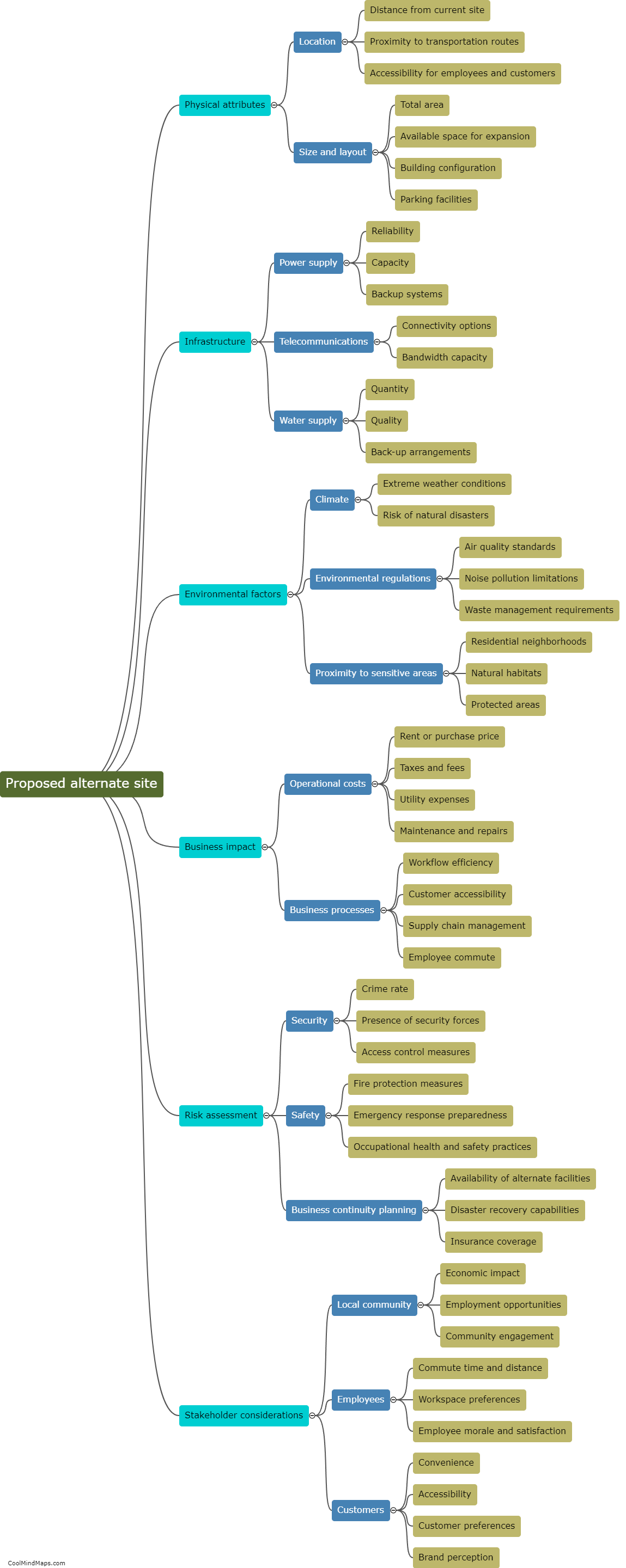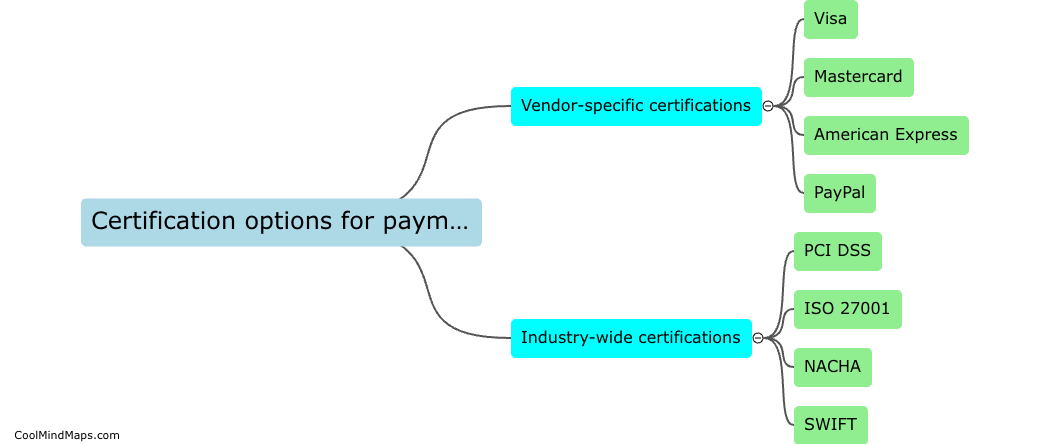How can air pollution levels be monitored at ports?
Air pollution levels at ports can be monitored through a combination of ground-based monitoring stations and advanced technologies such as drones and satellite imaging. Ground-based monitoring stations can measure pollutants such as nitrogen oxides, sulfur dioxide, and particulate matter emitted from ships, trucks, and port operations. Drones equipped with air quality sensors can provide real-time data on pollution levels in different areas of the port, while satellite imaging can provide a broader picture of air quality across the port and surrounding areas. By utilizing these monitoring methods, port authorities can track air pollution levels, identify sources of emissions, and implement measures to reduce pollution and protect public health.

This mind map was published on 18 May 2024 and has been viewed 152 times.











